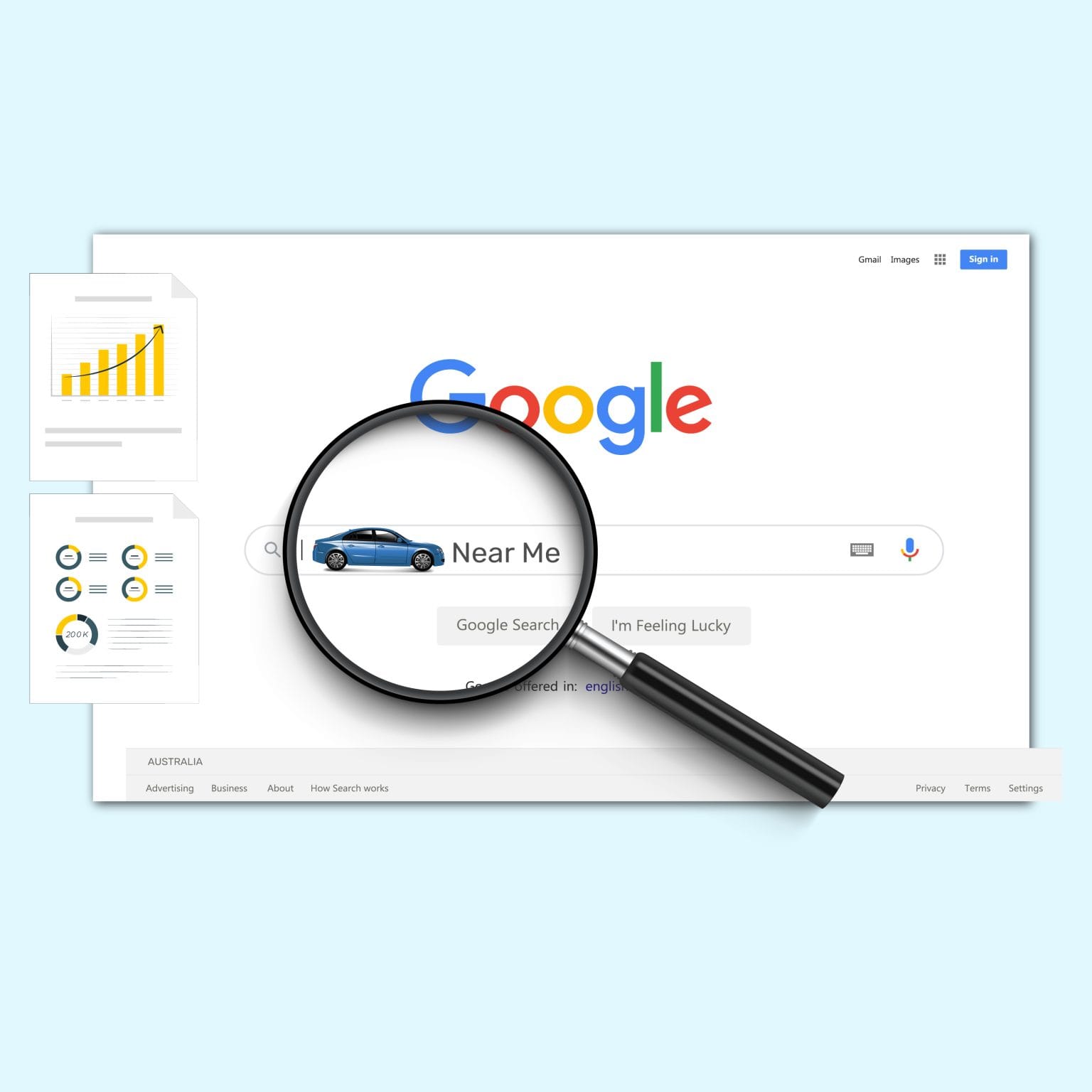Search Engine Marketing (SEM) is a powerful digital marketing strategy that allows businesses to enhance their online visibility and drive targeted traffic to their websites. By leveraging paid search advertising, SEM offers a range of benefits, but it also comes with its own considerations. Let’s delve into the three main advantages and disadvantages of SEM, shedding light on this dynamic marketing approach.
Advantages:
- Immediate Visibility and Targeted Reach: One of the biggest advantages of SEM is its ability to provide instant visibility in search engine results. By bidding on relevant keywords, businesses can appear at the top of search results, capturing the attention of potential customers actively searching for their products or services. SEM allows for precise targeting, reaching the right audience at the right time, and increasing conversion chances.
- Measurable and Trackable Results: SEM offers detailed metrics and insights, enabling businesses to accurately measure the effectiveness of their campaigns. Tools like Google Ads allow marketers to track key performance indicators such as click-through rates, conversions, and return on investment (ROI). This data-driven approach facilitates ongoing optimization and informed decision-making, maximizing the impact of SEM efforts.
- Flexibility and Cost Control: SEM provides businesses with control over their advertising budgets and allows for flexible campaign adjustments. Features like daily budget caps and bid adjustments enable marketers to strategically allocate resources and optimize campaigns in real-time. This level of control helps businesses achieve the best possible results within their budget constraints.
Disadvantages:
- Ongoing Management and Expertise: Effective SEM campaigns require continuous management, monitoring, and optimization. This can be time-consuming and complex, especially for businesses without dedicated marketing teams or limited SEM expertise. Staying on top of industry trends, managing keywords, and optimizing ad copy demands ongoing commitment and a deep understanding of the SEM landscape.
- Competitive Landscape and Rising Costs: As SEM becomes increasingly popular, competition for keywords and ad placements intensifies. This heightened competition can drive up the cost-per-click (CPC) and make it challenging to achieve desired visibility for businesses with smaller budgets. Careful planning and strategy are essential for maintaining cost-effectiveness and navigating the competitive environment.
- Ad Blindness and Ad Blockers: Internet users are becoming more savvy and selective about their online experiences. Ad blindness, where users ignore or mentally filter out ads, poses a challenge for SEM campaigns. Additionally, the rise of ad blockers further limits the reach of paid search ads. Businesses need to consider these factors and explore alternative marketing channels to diversify their digital advertising efforts.
Conclusion
SEM offers businesses significant benefits such as immediate visibility, precise targeting, and measurable results. However, it requires ongoing management, expertise, and careful budget allocation. The competitive landscape and rising costs, along with ad blindness and ad blockers, present challenges that must be strategically addressed. By weighing the pros and cons, businesses can make informed decisions and effectively leverage SEM to boost their online presence and achieve meaningful results.
Got a new project or need our services? Send us your details here or call us at 2130414635.




